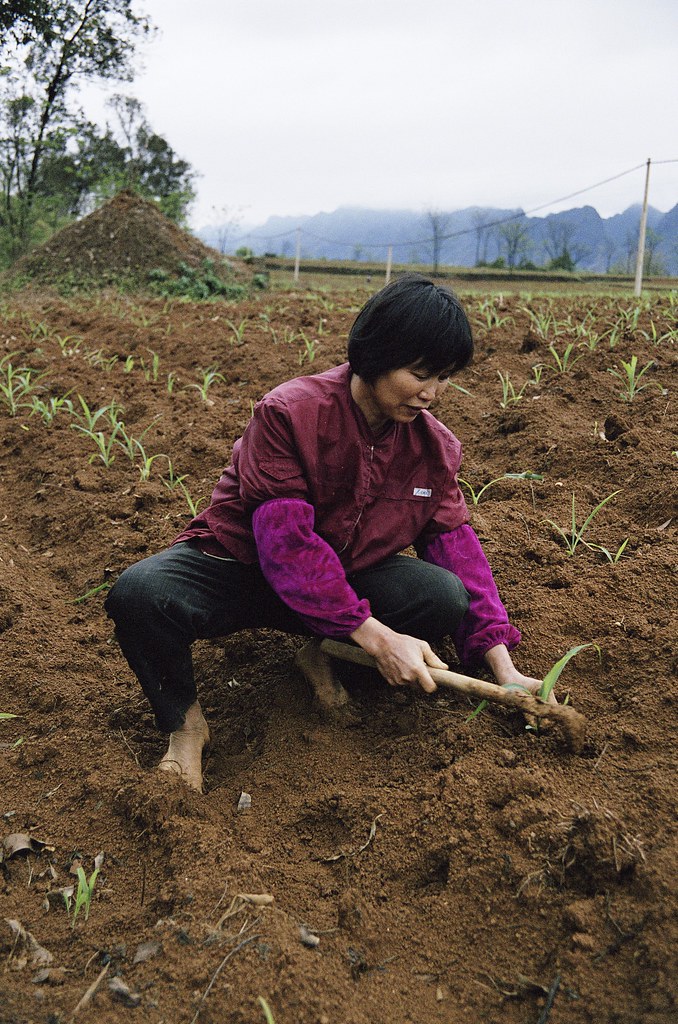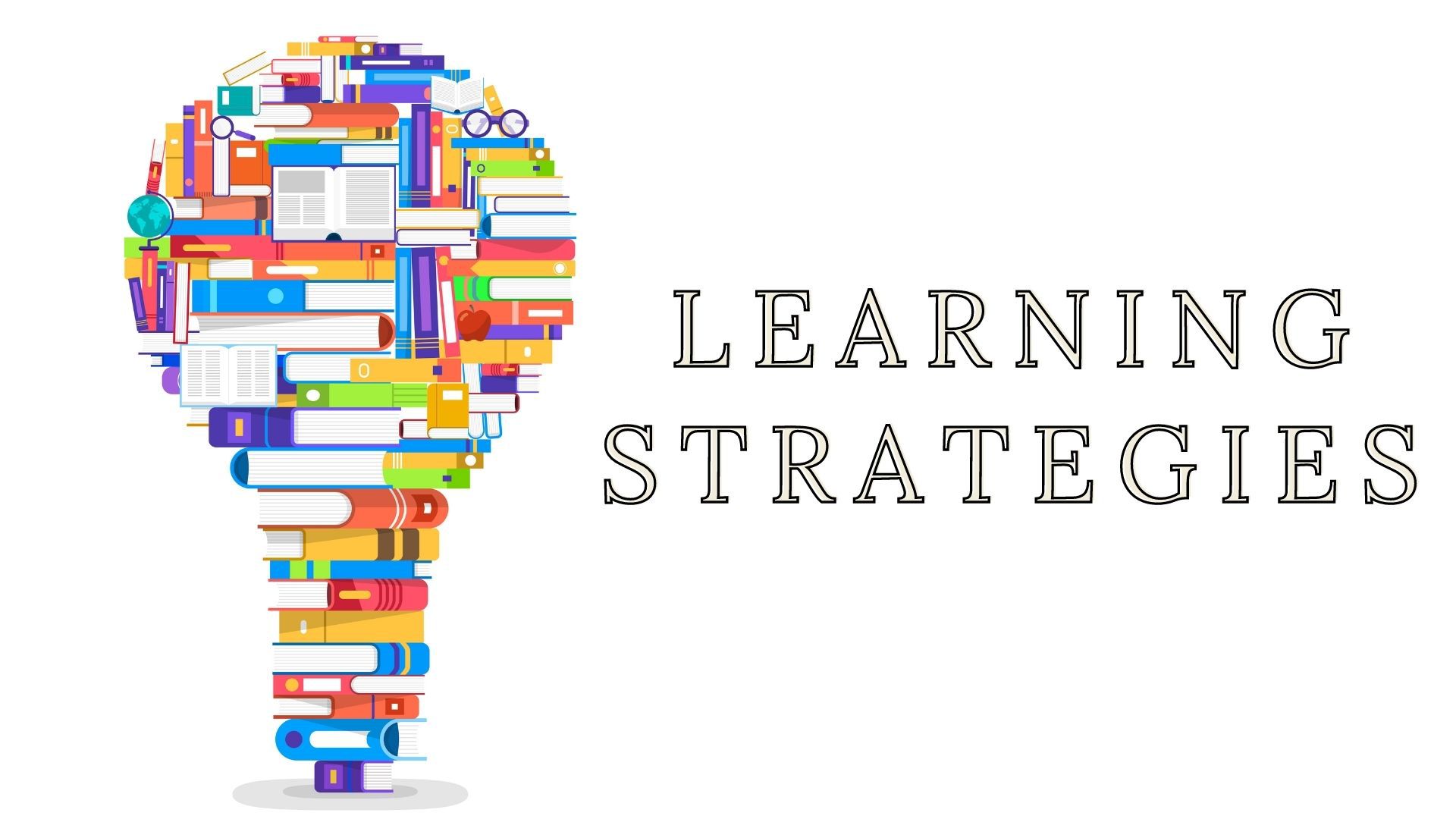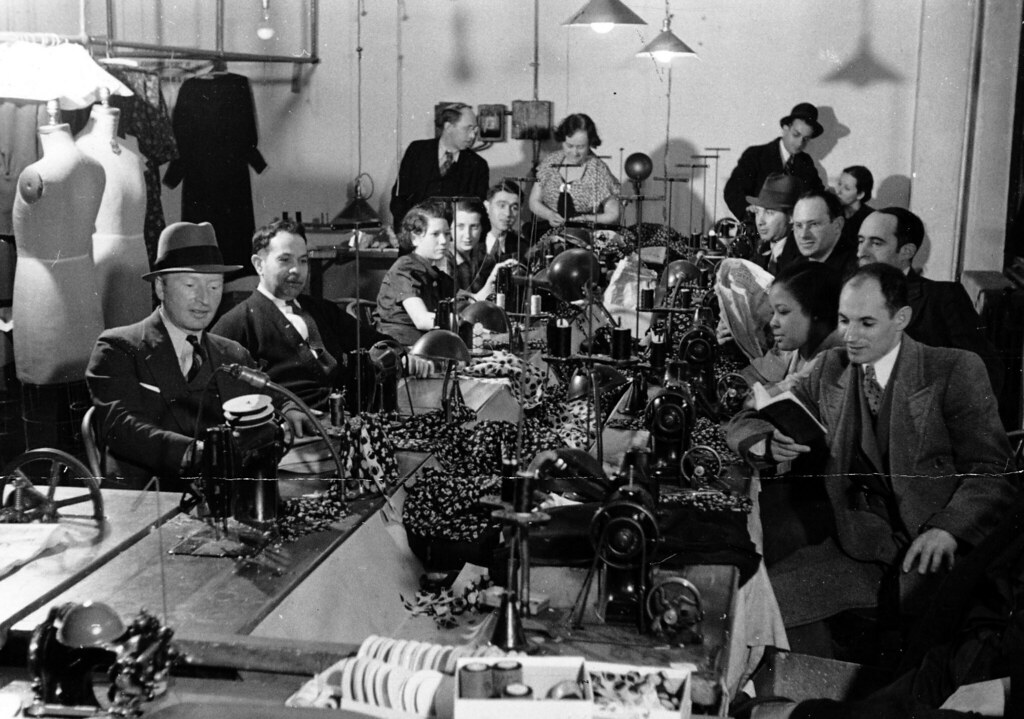In the realm of international relations, where words and actions shape the delicate tapestry of diplomacy, an unlikely player has taken center stage: fashion. Beyond the catwalks and glossy magazine spreads lies a burgeoning field of study known as fashion diplomacy. This intricate dance between clothing and politics transcends borders to unconsciously bridge the gap between nations, revealing a hidden language of attire that understands no spoken dialect. Embark with us on a sartorial journey as we unravel the captivating world of fashion diplomacy and delve into the garments that transform walls into bridges on the global stage.
Cultivating Global Connections through Fashion Diplomacy
In the realm of international relations, the role of fashion goes beyond mere style and vanity; it serves as a powerful tool for cultivating global connections. Fashion diplomacy, the use of clothing and personal style as a means of communication and cultural exchange, has become increasingly recognized as a valuable form of soft power. Through the language of fashion, nations can showcase their unique heritage, establish cross-cultural understanding, and foster diplomatic relationships on a global scale.
Fashion diplomacy transcends borders and allows for a deeper exploration of cultural traditions and identities. By embracing traditional attire and incorporating elements of national dress into everyday fashion, individuals can proudly represent their heritage while also promoting cultural diversity. When diplomats, leaders, and public figures wear garments that encapsulate their cultural legacy, it not only honors their roots but also sparks conversations about history, traditions, and shared values. These sartorial choices become a visual language that can bridge gaps between civilizations and foster mutual respect.

The Impact of Dress on Shaping International Alliances
Fashion Diplomacy: The Role of Dress in International Relations
When it comes to international diplomacy, conversation and negotiation often take center stage. However, a lesser-known but equally powerful aspect of fostering strong alliances lies in the realm of fashion. cannot be understated, as it serves as a powerful tool for cultural expression, symbolism, and diplomacy.
In a world where words can fall short, fashion becomes a universal language that transcends barriers and offers a glimpse into a nation’s traditions, values, and aspirations. Dignitaries, diplomats, and leaders employ fashion diplomacy as a means to build connections, bridge differences, and convey respect. Fashion choices, whether consciously or not, communicate a message that can ignite dialogue, showcase solidarity, or assert national identity.
- Cultural Exchange: By embracing the attire of the hosting country during official visits, diplomats exhibit a willingness to engage with local customs, fostering cultural exchange and understanding.
- Sartorial Significance: The choice of fabrics, patterns, and styles in diplomatic dressing can capture the essence of a nation’s heritage, enriching the narrative of international relations.
- Symbolic Gestures: Specific design elements or accessories can carry profound symbolism, allowing nations to express shared values or highlight common goals.

Exploring the Untapped Potential of Fashion as a Diplomatic Tool
Fashion Diplomacy, also known as the strategic use of clothing and style as a means of fostering international relations, has gained recognition as a powerful tool in the realm of diplomacy. It goes beyond the superficial aspect of fashion and delves into the deeper layers of culture, identity, and symbolism.
One of the key components of Fashion Diplomacy is the ability of attire to convey messages and promote dialogue between nations. Through the choice of clothing, diplomats can honor and respect the traditions and customs of the host country, establishing a sense of trust and understanding. By carefully selecting apparel that embraces local fashion influences, diplomats effectively communicate their willingness to engage and adapt to different cultural contexts.
- Reviving Traditional Craftsmanship: Fashion Diplomacy presents an opportunity to revive and promote traditional craftsmanship of various nations. By showcasing and integrating locally made clothing, accessories, and textiles into international events, diplomats can encourage economic growth and cultural preservation.
- Empowering Marginalized Communities: Fashion can be a tool for empowering marginalized communities worldwide. Through collaborations with local artisans and designers, diplomats can support sustainable development and social inclusion, providing economic opportunities and enhancing cultural exchange.
- Encouraging Sustainable Fashion: Fashion Diplomacy can also play a crucial role in promoting sustainable practices within the industry. By highlighting eco-friendly designs, materials, and production methods, diplomats can influence change and advocate for a more responsible fashion industry.
It is clear that the untapped potential of fashion as a diplomatic tool goes far beyond aesthetics. Fashion Diplomacy has the ability to bridge cultural divides, empower communities, and promote sustainability, ultimately contributing to a more harmonious world of international relations.

Strategies for Harnessing Fashion Diplomacy in International Relations
Fashion Diplomacy: The Role of Dress in International Relations
:
- Representing National Identity: One of the key strategies in harnessing fashion diplomacy lies in using clothing and accessories to showcase a country’s rich cultural heritage and national identity. Traditional textiles, indigenous patterns, and ethnic garments can be incorporated into diplomatic ensembles to symbolize the unique characteristics of a nation, fostering a sense of pride and familiarity for both foreign dignitaries and local communities.
- Building Bridges and Promoting Dialogue: Fashion can serve as a powerful tool for building bridges and promoting dialogue between nations. By collaborating with international designers, countries can create opportunities for cultural exchange and understanding. Fashion shows, such as the renowned diplomatic showcases during Fashion Weeks, can unite designers, models, and fashion enthusiasts from around the world, encouraging conversations that transcend borders and fostering connections that extend beyond political realms.
Through utilizing these strategies, fashion diplomacy not only helps to strengthen cultural ties, but also opens up avenues for economic collaborations and tourism opportunities. The power of dress in international relations should not be underestimated. By embracing fashion diplomacy, countries can engage in a language understood by all, transcending political divisions and fostering a sense of unity and appreciation for the diverse tapestry of our global community.
Insights and Conclusions
In a world where words often fail to bridge the gaps between nations, an unconventional form of diplomacy has emerged, weaving intricate threads of mutual understanding and cultural appreciation. Fashion diplomacy, a realm where the language of clothes supersedes the spoken word, has silently found its place in the realm of international relations.
Drawing inspiration from the vibrant tapestry of human diversity, fashion diplomacy transcends cultural and geographical boundaries, connecting individuals from all walks of life. In this nuanced realm, garments act as ambassadors, eloquently conveying messages and fostering interactions that are otherwise lost in translation.
From the polished halls of diplomacy to the vibrant streets of international fashion weeks, garments become vessels of soft power, expressing the unique narratives of their wearers and the heritage they represent. A glance through history reveals countless instances where attire has played a pivotal role in shaping diplomatic relations, proving that fashion’s influence permeates far beyond the realm of superficial aesthetics.
While some might view fashion diplomacy as a fleeting trend, destined to be overshadowed by traditional diplomatic tools, its enthralling potential cannot be disregarded. In a world riddled with geopolitical tensions, fashion diplomacy offers a fresh perspective, stitching together a narrative of unity, empathy, and respect among nations.
Yet, we must acknowledge that fashion diplomacy is not without its complexities. The fine line between cultural appreciation and appropriation can be easily blurred, necessitating a delicate balance. The goal should never be to overshadow the diverse and authentic voices that garments carry, but rather to celebrate them and foster a deeper understanding of the rich tapestry they represent.
As we unravel the intricacies of fashion diplomacy, we unearth its transformative power to bridge dichotomies, dissolve prejudice, and celebrate the beauty of cultural diversity. By donning each other’s narratives, we have the potential to foster a global community that values and respects the unique expressions of our fellow citizens.
So, let us embrace this unconventional form of diplomacy, where dress becomes a silent language, weaving threads of connection, understanding, and kinship. In the realms where words fail, let us turn to the universal language of fashion to foster a world founded on empathy and appreciation. For in the ever-evolving landscape of international relations, fashion diplomacy emerges as a timeless symbol of the harmonious coexistence of cultures, an eloquent testament to the power of clothes in shaping the world we inhabit.

